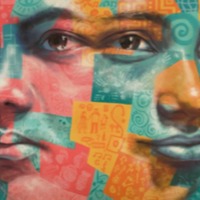
Hada
There are an estimated 58,000 people living in conditions of modern slavery in Benin (GSI 2018). The country is an origin, transit and destination country for women and children subjected to trafficking in persons, primarily for forced labour and sex trafficking. Trafficking victims most often come from low-income families, and frequently lack formal education or basic identity documents including birth certificates and national identification. Internal trafficking primarily draws children from rural areas in the north to the urban south of Benin in search of economic opportunity. Children from Benin who are subjected to trafficking externally are transported to West and Central African countries. Some parents send children to wealthier families for educational or vocational opportunities; a practice called vidomegon. Some of these children are subjected to domestic servitude. Children from neighboring countries are forced to labor on farms, in commercial agriculture (particularly in the cotton sector), in artisanal mines, at construction sites, or as street or market vendors in Benin. Hada is from the prefecture of Blitta. He is typical of many boys who go with traffickers without the knowledge of their parents and end up in the plantations of Benin where they perform long hours of difficult, hazardous and unpaid labour.